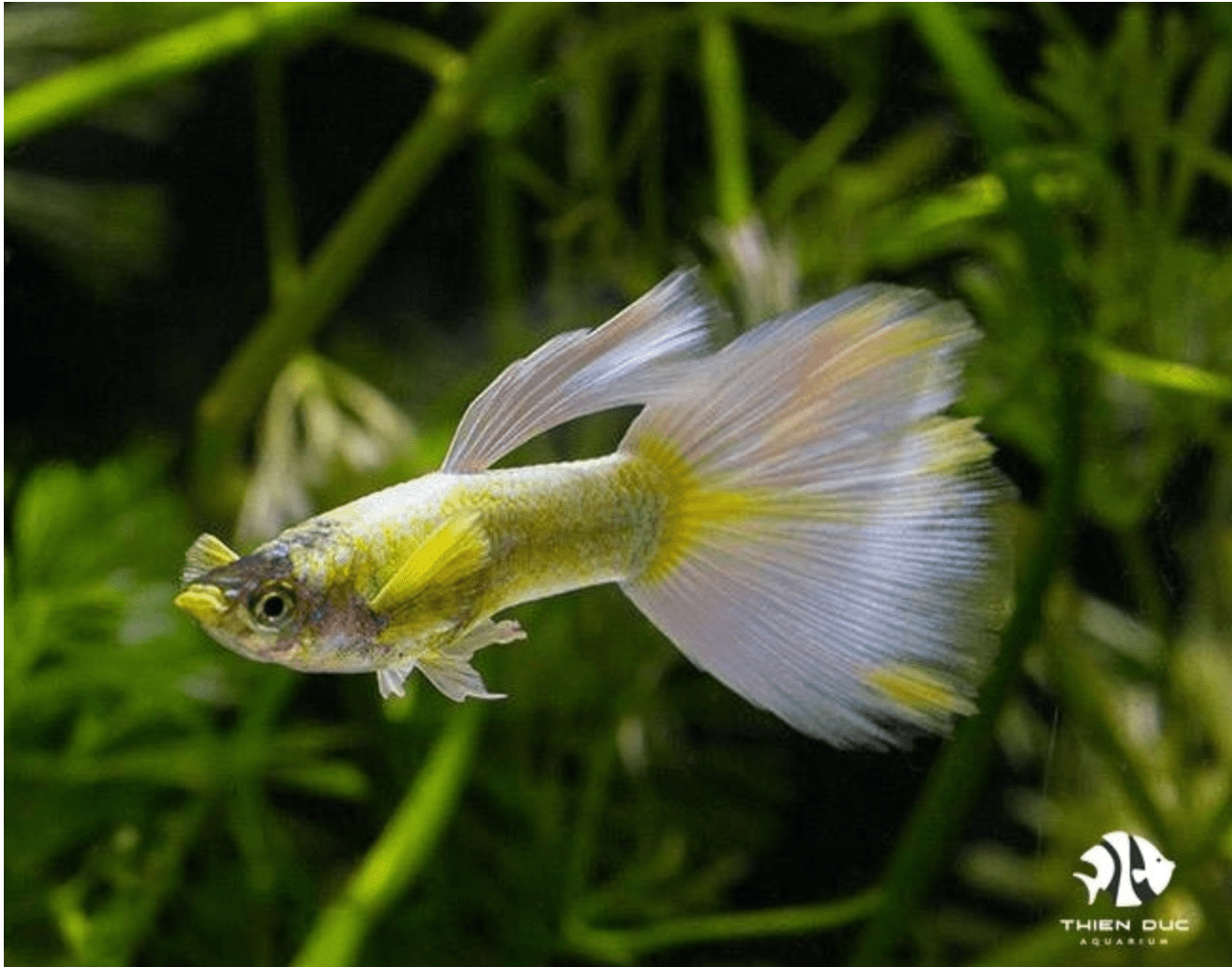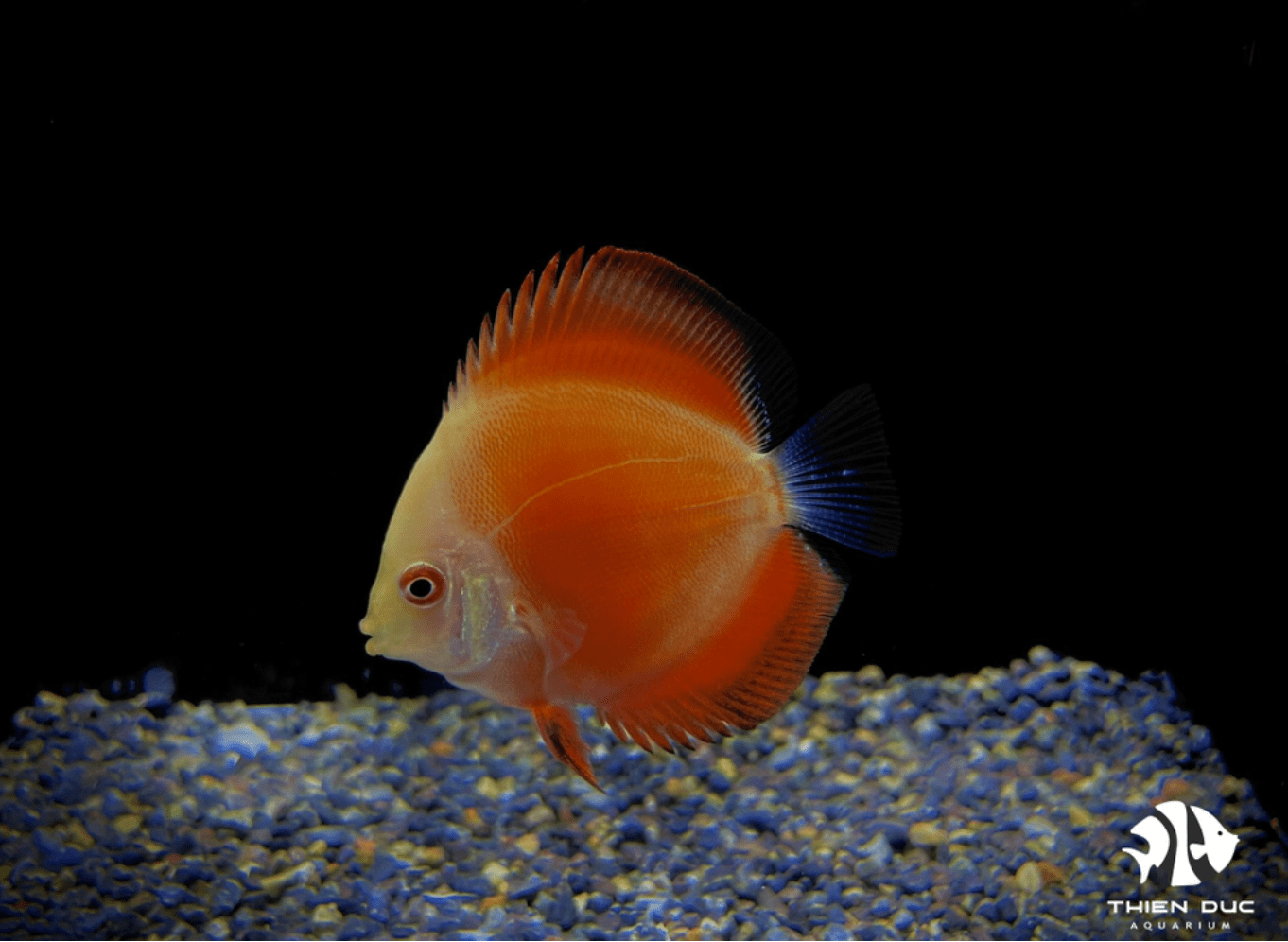Asian Arowana Export Procedures: Your Complete Guide
The majestic Asian Arowana is a prized symbol of prosperity. However, exporting this valuable fish, especially to the European market, is a complex process with many regulatory hurdles. This guide aims to simplify that journey, providing a comprehensive, step-by-step walkthrough to ensure a successful and compliant Asian arowana export. At THIENDUC AQUARIUM, we leverage our deep expertise to provide a smooth, reliable process, ensuring the well-being of this magnificent creature and giving our customers peace of mind.
The Legal Framework: CITES and Beyond
Effective conservation requires a legal framework to regulate wildlife trade. This section explores the cornerstone, CITES, and other measures that form a safety net for vulnerable species.

What is CITES?
Before embarking on any international journey with an Asian Arowana, the first and most critical step is to understand the legal framework that governs its trade. To make sure that the international trade in wild animal and plant specimens does not endanger their survival, the Convention on International Trade in Endangered Species of Wild Fauna and Flora, or CITES, is a crucial international agreement. CITES Appendix I, which lists species at risk of extinction, contains the Asian Arowana. This classification means that commercial trade in wild-caught specimens is strictly prohibited. The only legal trade permitted is in captive-bred specimens, which are meticulously documented and microchipped to prove their origin. Navigating this framework is the backbone of any legal Asian arowana export.
CITES Permits
The CITES Appendix I listing necessitates that any international transaction, including between our base in Ho Chi Minh City, Vietnam, and your location in the UK, France, or Germany, requires two specific permits. The first is a CITES Export Permit, issued by the management authority in the country of origin—in this case, Vietnam. This permit verifies that the fish has been bred in captivity and is legally eligible for export. The second is a CITES Import Permit, which must be obtained by the importer from their own country’s CITES management authority before the shipment even begins. Without both permits, the transaction cannot proceed. The application process for these permits is rigorous, requiring detailed documentation about the fish's microchip, origin, and the intended recipient. This stringent process is designed to prevent illegal trade and protect the species. A successful Asian arowana export hinges on the timely and accurate submission of these documents.
Pre-Export Requirements: Getting Your Documents in Order
With a legal framework defined, the next crucial step is implementation. This section details the necessary permits and documentation, outlining the pre-export requirements for legal trade.
Source and Legal Origin
The foundation of a legal Asian arowana export begins with the source. For customers in the European Union, it is paramount that the fish you purchase is sourced from a licensed, reputable, and government-approved farm. THIENDUC AQUARIUM, located in Củ Chi district, Ho Chi Minh City, has a proven track record of working exclusively with such farms. Each fish we prepare for export is microchipped, with the chip number corresponding to its unique CITES permit. This microchip acts as an undeniable form of identification, providing a crucial layer of security and legal compliance. It is the definitive proof that the fish is captive-bred and not wild-caught, a distinction that is strictly enforced by EU customs and border control agencies.
Certification in Veterinary Health
Beyond legal documentation, the health and well-being of the fish are our top priority. Every Asian Arowana we prepare for export undergoes a comprehensive health check performed by a certified aquatic veterinarian. This process includes a thorough physical examination to ensure the fish is free from disease, parasites, and any physical abnormalities. The vet issues a health certificate, a vital document that confirms the fish is in excellent condition and fit for travel. This certificate is a mandatory requirement for customs clearance in many European countries and provides our customers with the assurance that their new prized possession is healthy upon arrival. Our rigorous standards at THIENDUC AQUARIUM reflect our commitment to not only legal compliance but also to the highest animal welfare standards.
Supporting Documentation
A smooth Asian arowana export process relies on a stack of supporting documents, each serving a specific purpose. We meticulously prepare and manage all the necessary paperwork on behalf of our clients. This includes a detailed commercial invoice, which lists the value and description of the fish for customs purposes. A packing list provides an itemized account of the contents within the shipping box. The airway bill, issued by the airline, is the contract of carriage and provides all the details of the flight. Finally, a Certificate of Origin confirms the country where the fish was legally produced. These documents, when presented together with the CITES permits, create a comprehensive package that facilitates seamless customs clearance and prevents any unnecessary delays, a common concern for those undertaking Asian arowana export for the first time.
The Export Process: Logistics and Shipping
With all necessary permits and documentation secured, the focus shifts to the physical movement of the specimens. This section details the practical export process, from logistics to shipping, ensuring compliance at every step.
Choosing a Reputable Shipper
The physical journey of the Asian Arowana from our facility to its final destination is handled by trusted logistics partners with specialized expertise in live animal transport. We select only those who strictly adhere to the IATA Live Animal Regulations (LAR), the global standard for shipping live animals by air. This ensures that the fish is transported under the most favourable conditions, with correct air pressure, temperature, and handling procedures. The choice of the right logistics partner is a key component of our successful Asian arowana export service, and at THIENDUC AQUARIUM, we have cultivated strong relationships with the best in the industry to guarantee the safety of our precious cargo.
Packaging and Preparation
The physical preparation of the fish for transport is a critical step. A few days before the flight, the Arowana is placed on a fasting regimen to ensure its digestive system is clear, which helps maintain water quality during the long journey. The fish is then carefully placed into multiple layers of heavy-duty plastic bags, filled with a precise amount of water and pure oxygen. This is a crucial element to provide sufficient air for the fish during its trip. The bags are sealed airtight and then placed inside a styrofoam box, which provides insulation against temperature fluctuations. All necessary documents, labels, and microchip readers are affixed to the box, ensuring that customs officials and handlers can easily identify the contents. This meticulous attention to detail is what sets our Asian arowana export process apart from the competition.
Clearance of Customs at the Origin
Before the fish can depart from Ho Chi Minh City, all prepared documentation and the physical shipment undergo a final customs inspection. Officials from the CITES management authority and the customs department at the airport verify that the fish's microchip matches the one on the export permit and that all documents are in order. This final check is a crucial quality assurance step, ensuring that everything is compliant with international regulations. Our team at THIENDUC AQUARIUM handles this final leg of the export process with great care and efficiency, ensuring that the package is cleared for its flight without any issues.
Importation Procedures: The Destination Country
With the export process complete and the specimens in transit, the final phase begins upon arrival. This section outlines the specific importation procedures and customs requirements of the destination country.
Receiving the CITES Import Permit
For our customers, the process of receiving the fish starts with the issuance of the CITES Import Permit. We work closely with our clients to ensure they have submitted all the correct paperwork to their local CITES authority in advance. The importer must ensure this permit is ready before the fish is shipped, as airlines will not accept a shipment without it. We provide all the necessary information and documents from our side to facilitate this process, making the Asian arowana export as seamless as possible for our customers. This collaborative approach minimizes stress and helps avoid any last-minute complications at the destination.
Quarantine and Customs Clearance
Upon arrival at a European airport, the shipment undergoes customs clearance. The customs officials will check the CITES Import Permit against the CITES Export Permit and all accompanying documents. They will also verify the microchip of the fish to confirm its identity. This final inspection is a legal requirement. Depending on the regulations of the specific destination country—such as the Netherlands, Germany, or the UK—the fish may also be subject to a period of quarantine. This is a measure to prevent the introduction of foreign diseases into the local aquatic ecosystem. Our packages are designed to withstand the entire journey, including any potential quarantine periods, ensuring the fish remains healthy and secure throughout.
Post-Arrival Care: Acclimating Your Arowana
With the import procedures completed, the final step is ensuring the arowana's well-being. This section focuses on the critical post-arrival care needed to help the fish acclimate and thrive in its new environment.
Unpacking and Acclimation
Once your new Asian Arowana has cleared all customs and is safely delivered to your home or facility, the acclimation process is critical for its well-being. The fish has just completed a long journey, and it needs to be carefully introduced to its new environment. We recommend a slow acclimation process to minimize stress. First, float the bag in the new tank for about 30 minutes to equalize the temperature. Then, slowly introduce water from the new tank into the bag over the course of an hour, allowing the fish to gradually adjust to the new water parameters. This patient and careful approach is a vital final step in a successful Asian arowana export.
Post-Shipping Observation
After the fish is safely in its new tank, it is important to observe it closely for the first few days. Monitor its behaviour for any signs of stress, such as lethargy or refusal to eat. Check for any physical signs of injury from the journey. Most importantly, allow the fish to settle into its new home without disturbance. As a partner committed to the entire process, THIENDUC AQUARIUM provides expert advice and support to ensure your new Arowana thrives. We pride ourselves on the full-circle service we offer, from the farm to your tank, making every Asian arowana export a positive experience.
Conclusion
Exporting an Asian Arowana is complex, but with the right partner, the process becomes straightforward. THIENDUC AQUARIUM simplifies this journey, from CITES navigation to shipping and final acclimation. As a leading Vietnamese provider, our focus on legal procedures and animal welfare ensures a seamless Asian arowana export, delivering a healthy masterpiece to your doorstep in the EU.
Contact Information:
-
Address: 57 Le Thi Sieng, Tan Thong Hoi, Cu Chi, Ho Chi Minh City, Viet Nam
-
Mobile: +84903912501
-
Office: +84982577871
-
Email: thien@thienducaquarium.com










